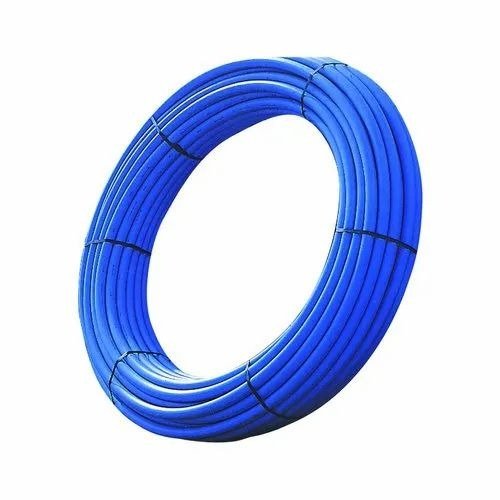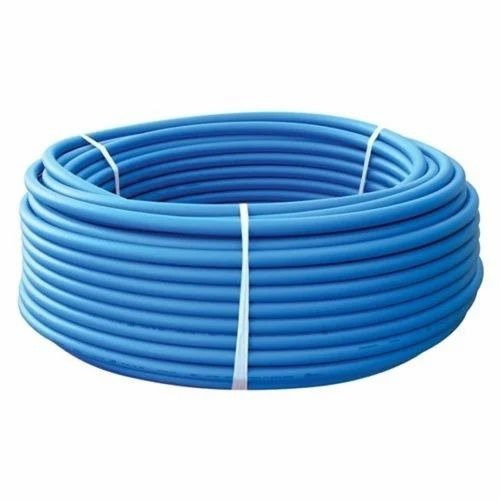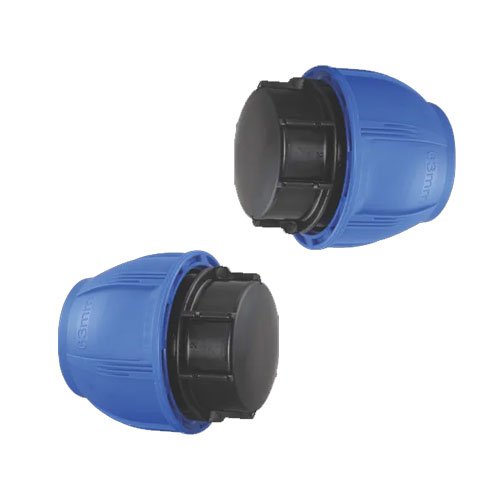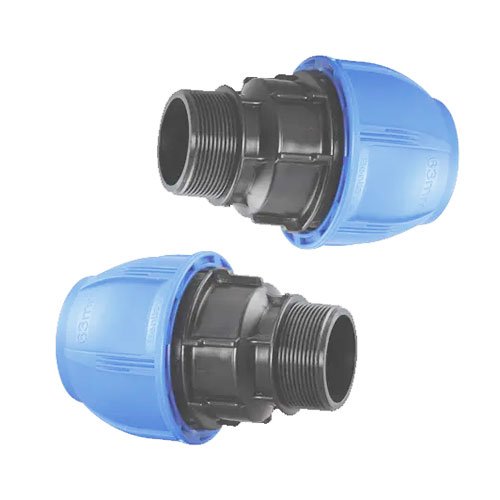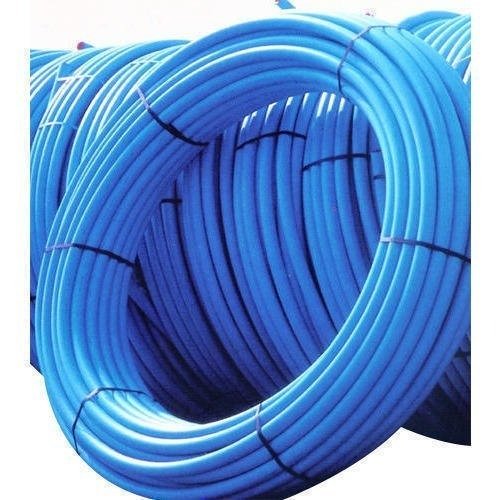Electrofusion and butt fusion are two common methods used for welding polyethylene (PE) pipes in various applications such as water supply, gas distribution, and industrial pipelines. Both methods have their advantages and are suitable for different situations.
Electrofusion:
- Process: In electrofusion welding, an electric current is used to heat up a resistive element (usually a wire or coil) embedded in the fittings. This heat is transferred to the pipe ends, causing them to melt and fuse together when pressure is applied.
- Equipment: Electrofusion requires specialized equipment such as electrofusion machines and fittings with embedded heating elements.
Advantages:
- Precise control over welding parameters like temperature and time.
- Suitable for joining pipes of different diameters and materials using compatible fittings.
- Can be automated for large-scale projects, reducing labor costs.
- Provides joint integrity with minimal risk of leaks.
Considerations:
- Initial equipment investment can be higher compared to butt fusion.
- Requires trained personnel to operate the equipment and ensure proper fusion.
Butt Fusion:
- Process: Butt fusion welding involves heating the ends of two PE pipes to their melting point using a heating plate or element. Once the ends are sufficiently heated, they are pressed together to form a fusion joint as they cool down.
- Equipment: Butt fusion requires basic equipment such as heating plates, hydraulic clamps, and facer tools for pipe preparation.
Advantages:
- Relatively simple and cost-effective equipment setup.
- Suitable for joining pipes of the same diameter and wall thickness.
- Can be used in tight spaces and remote locations.
- Generally faster than electrofusion for similar pipe sizes.
Considerations:
- Limited to joining pipes of the same diameter and material.
- Requires skilled operators to ensure proper heating, alignment, and pressure during fusion.
Not suitable for all types of fittings or complex joint configurations.
Why should you care about the difference?
- Project Requirements: Depending on your project’s specifications, such as pipe diameter, material compatibility, joint configuration, and welding speed, you may choose either electrofusion or butt fusion.
- Cost Considerations: Consider the initial equipment investment, ongoing maintenance costs, and labor requirements associated with each welding method.
- Quality and Reliability: Both methods can produce strong and durable fusion joints when performed correctly. However, factors like operator skill, welding conditions, and environmental factors can affect joint integrity.
- Efficiency and Productivity: Evaluate the efficiency and productivity of each method based on your project’s timeline, labor availability, and desired welding speed.
- Compatibility: Some fittings and pipe configurations may be more compatible with either electrofusion or butt fusion, so consider the availability of compatible components for your specific needs.
Ultimately, the choice between electrofusion and butt fusion depends on various factors specific to your project, including technical requirements, budget constraints, and logistical considerations. Consulting with experienced welding professionals or engineers can help you make an informed decision.
Both electrofusion fittings and HDPE butt fusion fittings offer reliable and durable solutions for joining PE pipes, with each method having its advantages and suitability for different applications.



